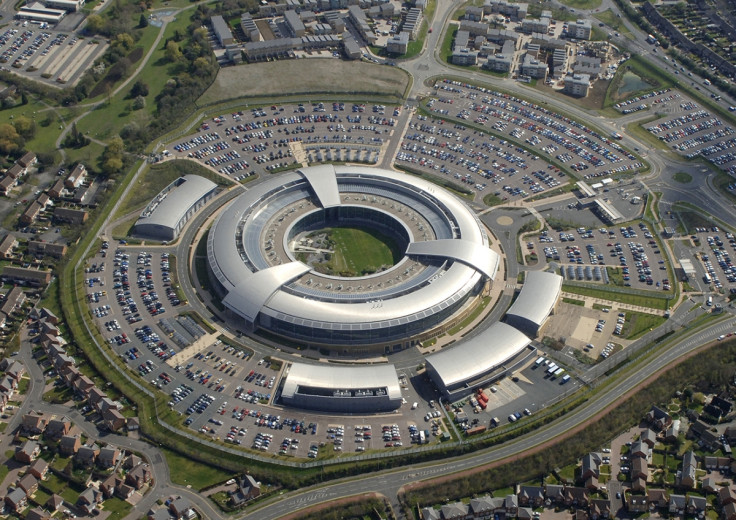GCHQ-developed phone software vulnerable to surveillance by government

The encryption software for phone calls developed by the Government Communications Headquarters is believed to be susceptible to surveillance. The software is used to encrypt Voice Over Internet Protocol calls.
University College London researcher Dr Steven Murdoch has pointed out some vulnerabilities within the software on his blog. He explored how the software was designed – incorporating the Mikey-Sakke code – to "allow undetectable and unauditable mass surveillance".
According to Murdoch, the security software incorporated the "key escrow" design that would allow third parties access to phone communications creating a backdoor for intelligence organisations. GCHQ, however, denied the findings.
According to the BBC, a spokesperson for the government's surveillance department said, "We do not recognise the claims made in this paper. The Mikey-Sakke protocol enables development of secure, scalable, enterprise grade products."
Commenting on the validity of the technology Murdoch said, "I think this comes from a conflict of interest within GCHQ in that they are there to prevent spying but they are also there to spy - so they facilitate spying."
UK government (through GCHQ) are mandating a voice encryption protocol – MIKEY-SAKKE – with a key-escrow backdoor: https://t.co/NT5HKCOe40
— Steven Murdoch (@sjmurdoch) January 19, 2016The Mikey-Sakke software protocol does not provide any anonymity to individuals using the software when communicating, thereby making identification and tracking simpler for organisations that have access to the protocol. It also allows access into past phone conversations.
With the possible roll-out of the software protocol to citizens, concerns have been raised over privacy of users. There has also been a lot of activity relating to new government regulations on encryption. Major tech companies like Microsoft, Google, Facebook and Apple have protested the possible implementation of Home Secretary Theresa May's snooper's charter as well.
© Copyright IBTimes 2025. All rights reserved.






















